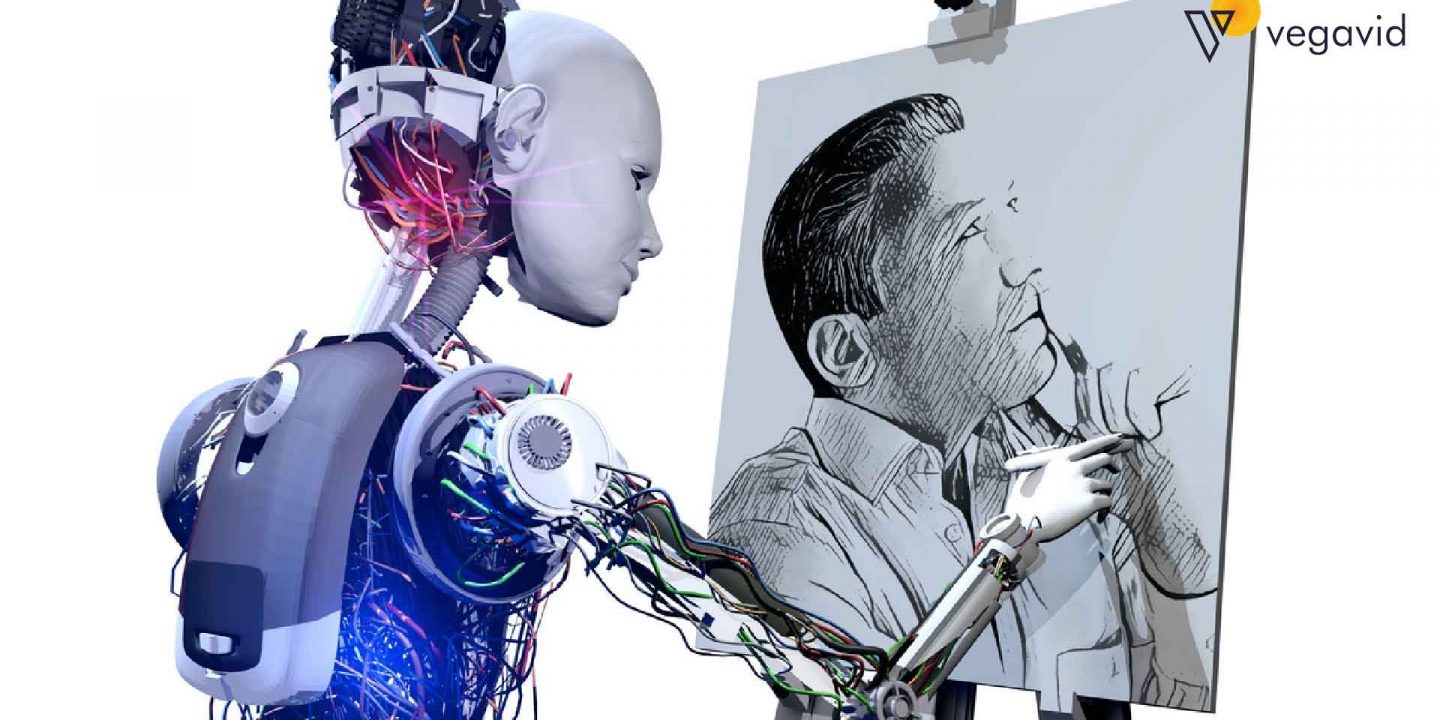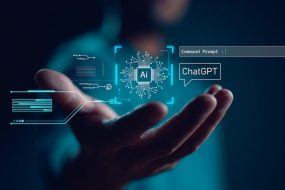
Machine learning is a method of data analysis that automates analytical model building. It is a branch of artificial intelligence based on the idea that systems can learn from data, identify patterns and make decisions with minimal human intervention. Machine learning is widely used in a variety of applications, such as email filtering, detection of network intruders, and computer vision.
What Is Machine Learning?
Machine learning is a subfield of artificial intelligence (AI) that aims to give computers the ability to learn without being explicitly programmed. In other words, machine learning is a method of teaching computers to do things they’ve never been taught before. Machine learning is based on the idea that machines can learn from data, identify patterns and make decisions with minimal human intervention. Machine learning aims to build algorithms that can receive input data and use it to predict an output value within an acceptable range.
Why Is Machine Learning Important?
Machine learning is important because it allows computers to learn from data and improve their performance on tasks without being explicitly programmed. Machine learning is a subset of artificial intelligence (AI) that deals with designing and developing algorithms that can learn from and make predictions on data. These algorithms are used to automatically detect patterns in data and make decisions accordingly.
The main goal of machine learning is to enable computers to learn from data and improve their performance on tasks without being explicitly programmed. This is done by building models from data that can be used to make predictions or recommendations. There are many different types of machine learning algorithms, each suited for different tasks and datasets. Some popular examples include decision trees, support vector machines, neural networks, and deep learning.
Machine learning is important because it allows us to build more intelligent systems that can automatically improve with experience. It also enables us to process large amounts of data quickly and make better decisions than could be made by humans alone.
Importance of Machine Learning
Machine learning is a process of teaching computers to learn from data without being explicitly programmed. It is a subset of artificial intelligence (AI) that relies on pattern recognition and computational learning techniques to make predictions or recommendations. There are many different types of machine learning algorithms, but they all have one common goal: to automatically improve given some feedback mechanism. For example, a supervised learning algorithm might be used to classify images (e.g. identifying cats and dogs), while an unsupervised learning algorithm might be used to cluster data points (e.g. grouping customers by buying habits).
Machine learning is important because it allows computers to automatically improve given more data. This is in contrast to traditional programming, where a programmer must write code that specifically tells the computer what to do. With machine learning, the computer can figure out how to do things independently, leading to more accurate and efficient results.
Use cases of Machine Learning
Machine learning is a powerful tool that can be used in a variety of ways. Here are some examples of how machine learning can be used:
- Improve customer service: Machine learning can be used to help improve customer service by providing agents with better data about customers’ needs and preferences.
- Increase sales: Machine learning can be used to help identify potential customers and target them with personalized offers.
- Fraud detection: Machine learning can be used to help detect fraud by identifying patterns in data that may indicate fraudulent activity.
- Automate business processes: Machine learning can be used to automate repetitive tasks such as data entry or analysis.
- Generate insights: Machine learning can be used to generate insights from data that would otherwise be difficult to interpret.
History of machine learning
Machine learning is a subset of artificial intelligence that deals with designing and developing algorithms that can learn from and make predictions based on data. The history of machine learning can be traced back to the early days of artificial intelligence when researchers attempted to build programs that could simulate human intelligence.
However, it was not until the late 20th century that machine learning started to become a field in its own right, with the development of powerful computers and new statistical techniques. Today, machine learning is used in a variety of fields, such as image recognition, stock market prediction, and fraud detection. It is also being used increasingly in areas such as healthcare and personal finance.
Machine learning methods
There are a variety of machine learning methods that can be used to build models that predict outcomes. Some of the most popular methods include decision trees, support vector machines, and neural networks. Each method has its own strengths and weaknesses, so choosing the right method for your particular problem is important. For example, decision trees are good at handling data with a lot of missing values, while support vector machines are better at dealing with high-dimensional data.
Once you’ve chosen a machine learning method, you need to tune its parameters to get the best performance on your data. This is where experience and domain knowledge come in handy, as it can be difficult to know which parameters to adjust without prior knowledge. After you’ve built and tuned your model, evaluating its performance on unseen data is important. This will help you understand how well the model is generalizing and whether or not there is any overfitting.
What are the different types of machine learning?
There are three main types of machine learning: supervised learning, unsupervised learning, and reinforcement learning.
Supervised learning is where the data is labeled, and the algorithm is told what to do with it. This is the most common form of machine learning, as it can be used for both regression (predicting a continuous value) and classification (predicting a categorical value).
Unsupervised learning is where the data is not labeled, and the algorithm has to find structure in it. This can be used for things like clustering, dimensionality reduction, and anomaly detection.
In reinforcement learning, an agent interacts with an environment to learn how to maximize some reward function. This can be used for things like game playing or robotic control.
Use of Machine learning in Artificial intelligence
Machine learning is widely used in a variety of applications, such as recommendation systems, image classification, and voice recognition. There are two main types of machine learning: supervised and unsupervised. Supervised learning algorithms are trained on a dataset that includes both input data and labels. The algorithm then learns to map the input data to the corresponding labels.
Unsupervised learning algorithms are trained on a dataset that only includes input data. The algorithm must then learn to find structure in the data in order to make predictions. Machine learning is a powerful tool for artificial intelligence, as it allows computers to automatically improve their performance on tasks by learning from data.
What is supervised learning?
Supervised learning is a type of machine learning that uses a labeled dataset to train a model to make predictions. The labels in the dataset are used to teach the model what the correct output should be for new data. Supervised learning is often used for classification tasks, such as identifying whether an email is spam.
What is unsupervised learning?
Machine learning is a method of teaching computers to learn from data without being explicitly programmed. It is a branch of artificial intelligence based on the idea that systems can learn from data, identify patterns and make decisions with minimal human intervention. The term “machine learning” was coined in 1959 by computer scientist Arthur Samuel. Samuel was working on a program that could play checkers and learned how to improve its performance by itself.
Machine learning algorithms build models based on data that can be used to make predictions or recommendations. For example, a machine learning algorithm might identify fraudulent credit card transactions or recommend products to customers based on their past purchases.
Future of Machine learning
Machine learning is an important and growing field of computer science that enables computers to learn from data instead of being explicitly programmed. Machine learning is a key technology behind driverless cars, facial recognition, and recommended products on Amazon and Netflix. The future of machine learning looks very promising. Many potential applications for machine learning include health care, finance, education, transportation, and more. Additionally, machine learning is becoming more accessible to developers as open-source tools and platforms become available.
Conclusion
Machine learning is a field of computer science that gives computers the ability to learn without being explicitly programmed. Machine learning is widely used in many different applications, such as email filtering, detecting fraudulent credit card transactions, and facial recognition. Machine learning is important because it allows computers to find patterns in data and make predictions based on those patterns. This can be extremely useful in many different situations. For example, machine learning can be used to improve the accuracy of medical diagnoses, predict traffic congestion, and improve the effectiveness of search engines.











